Cleaning products should, ideally, have one primary function: to make things less dirty. But once one delves deeper into the overall goal, things get more complicated. For instance, what makes something really clean? Does it mean to look shinier or smell better? Or is to be healthier in a more objective or anti-bacterial, net-positive sense?
If one cares about the proliferation of life on Earth, it may well be the latter. And it so happens that there are many affordable products on the market that prioritize environmentally-friendly ingredients over chemicals that simply provide a familiar ‘clean’ smell (think copious lemon, or taxicab pine freshener), without breaking the bank. Oftentimes, these products are less toxic and thus safer than their more artificial competitors, and can be ordered in bulk for larger condominiums, cooperatives, or HOAs. Other times, one may need to do a little digging for the appropriate cleaner, tool, or technology to suit their sustainable needs.
Homework
There’s a treasure trove of information available on the Internet in regard to what big-name cleaning manufacturers are doing to curb their carbon footprint and provide non-toxic and green cleaning products to the marketplace. If an association or vendor has reliably been using one specific supplier for some time, it may be worth reviewing the company’s website to see how they have evolved with changing priorities.
“The first thing anyone should do is go online and research which products are green,” says Matt Heiden of Condo Care Inc., in Des Plaines, Illinois. “For example, Windex is green, and Mr. Clean is a green product. They’ll usually have the well-known recyclable symbol prominently displayed. The main thing that you want to steer clear of are aerosols, which are really the killer. Those and oil-based products. A lot of people don’t like those two.”
Of course, aerosol famously has adverse environmental effects, and can be harmful if inhaled directly. It is also quite avoidable, as alternatives are many. “High-pressure aerosols, like Lysol, should be avoided,” says Heiden. “You can easily make a disinfectant solution and put it in a regular spray bottle. Bleach, on the other hand, is bad for you, but you often cannot get around using it; it’s the only thing that really does its specific job.”
Outside of the triangulating arrows which delineate that a product is recyclable, there are other stamps for which a buyer should look. Bob Branscombe, director of sales and marketing with Champion Cleaning in North Chelmsford, Massachusetts, recommends checking for third-party endorsements such as Green Seal, EcoLogo, or the EPA.
“Many products nowadays are extremely good and effective,” Branscombe says. “They’re loaded with surfactants as opposed to harsh solvents, and many of the green cleaners are hydrogen peroxide based. So what I tell cleaning companies or customers is, look at the products that you’re currently using and see if there’s a better alternative. And a lot of distributors and manufacturers are willing to let you try samples as well. So you can get a bottle of, for example, the latest Clorox Green Works, or something similar, and see if that works for you.”
Scents and Sensibility
There may be a learning curve when incorporating new and environmentally friendly products, especially if those products don’t smell like a more artificial product to which an association may have grown accustomed. Again, people associate certain scents with cleanliness, especially from sense memories acquired over time. These can be tough to shake.
“A lot of people think that things which do not ‘smell clean’ are not, in fact, actually clean,” says Neil Betoff, founder and president of Star Building Services in Shrewsbury, New Jersey. “The problem with that is, when you add fragrances to products, it diminishes their green value, so, in actuality, a lack of smell may better indicate cleanliness. A lot of people appreciate the smell of bleach, for instance, which is not environmentally friendly.”
But, while a lack of scent may indicate that a product is all-natural, there are organic ingredients that can add a pleasant smell to your hallways or foyer. “We use a wide array of products that are hydrogen peroxide based, and safe for all surfaces,” says Walter, a field manager for UrbanMaidGreen in New York City. (He requested that his last name not be used). “There is a light hint of apple in our window cleaner, and a touch of pine in our all-purpose cleaner. Both are natural and organic. The smells of the synthetic products linger, but, with the organic stuff, it isn’t as pungent.”
Tools of the Trade
Outside of various sprays and disinfectants, there are more elaborate tools and techniques that can contribute to a green cleaning practice.
“We use the SH-Mop, which is similar to a Swiffer, but with a larger, 8x10-ish pad,” notes Walter. “It’s huge, and uses a microfiber rag, such that it’s not harsh on the floor, like a heavy mop would be. It’s a great asset.”
“There’s a system that you can buy which ionizes regular water, converting it into a disinfectant cleaner,” adds Betoff. “The system itself is expensive to purchase, but water is free, so, depending on the size of your building, it could eventually pay for itself. That said, there’s one challenge in that, when you ionize the water and put it into cleaning bottles, it doesn’t have a long shelf life. I think that you need to use it within 48 hours, or you have to dump it out and start again.”
Betoff also recommends utilizing backpack vacuums. “They’re more environmentally friendly than the upright alternative, as they don’t beat the carpet with a brush. It’s also important that a vacuum have a HEPA [high efficiency particulate air] filter, which is a filtration system that doesn’t put dust back into the air.”
And, in a similar vein to the SH-Mop, Betoff uses a treated dust cloth or microfiber rag when dusting, as the dust sticks to the cloth, instead of much of it simply relocating around a room in lesser concentration.
For his part, Branscombe suggests a dilution control system. “If you’re buying a ready-to-use product, you’re, in effect, paying for the shipping of water,” he explains. “The product is diluted at the factory, and you’re buying that ready-to-use formula. Which is all well and good, because you don’t have to train anyone how to develop it or to use it; it’s good to go out of the bottle. But with companies like ours that use a lot of cleaning product, it’s to everybody’s economic advantage, as well as the earth’s general advantage, to buy it in concentrate and hook it up to a dilution control system, where it’s pre-measured. Nobody has to do anything, not even tweak it; it just comes out as it should. And the systems available nowadays are just terrific; there are a ton to pick from.”
Warning Shots
While some products make no pretense toward being environmentally friendly, others have packaging that is more... murky. Thus an eco-conscious buyer would be advised to know what types of products to look out for in order to avoid those that are not as green as advertised, or are just downright ineffective.
“I’ll never use anything that has ‘organic’ written on it ever again,” Heiden throws down. “They’re terrible, and don’t clean anything; you may as well get a bucket of water. They’re extremely expensive and they’re only sold in small bottles, and, when you’re a commercial cleaner, you can’t buy in such small volume. So anything that leads with ‘organic’ I just completely avoid. I’ve tried them all, and they have, in my experience, made the job harder.”
Betoff warns about the perceived effectiveness of the aforementioned bleach. “Everybody thinks that, if you smell bleach in a bathroom, then the bathroom is clean and sanitized; that there are no germs anywhere. But this is by no means the case.”
And Walter notes that, should you focus on regular cleaning, you won’t even have to consider harsher chemicals. “[Those chemicals] come into play, in a bathroom for example, once someone has accrued soap scum, or a ring around the tub,” he says. “But, if you keep things maintained, the greener products will be entirely sufficient.”
Finally, Branscombe advises consumers to watch out for ‘green washing.’ “Green washing is when somebody sells you on the fact that they’re using a green product, despite not actually doing that. It’s what we see most often. It’s not necessarily the labeling of the product, so much as it’s a company saying on its website that they use green cleaning products, and then you bump into their crew at a property walk-through, and they’re using 409 or some butyl-based solvent cleaner to do their everyday wipe-down. You can usually get the sense in these situations that something is not right.”
Mike Odenthal is a staff writer and report at The Cooperator.



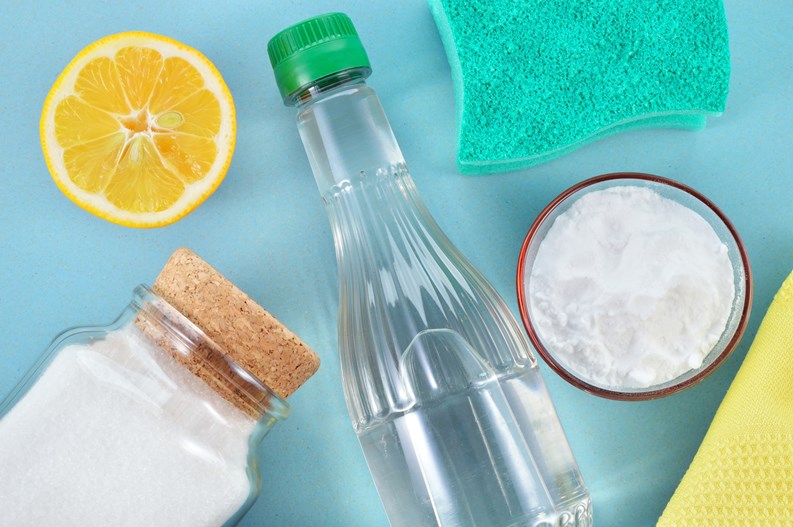


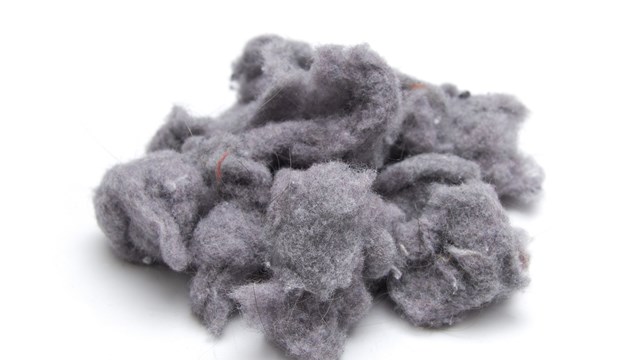
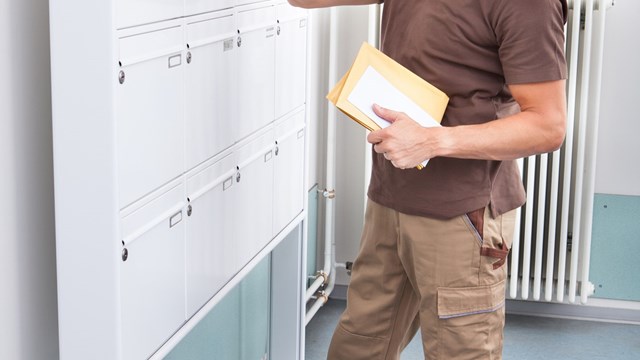
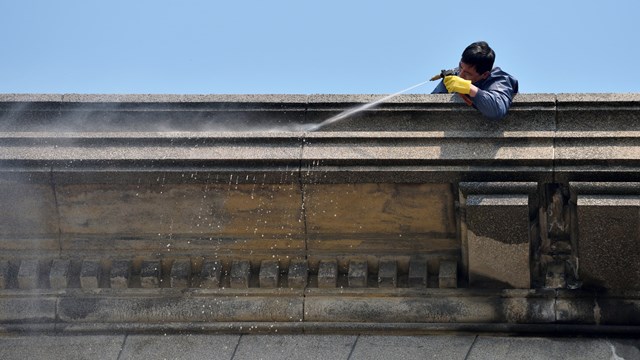
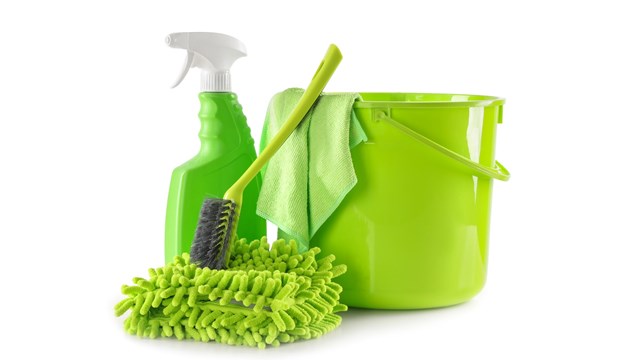
Leave a Comment